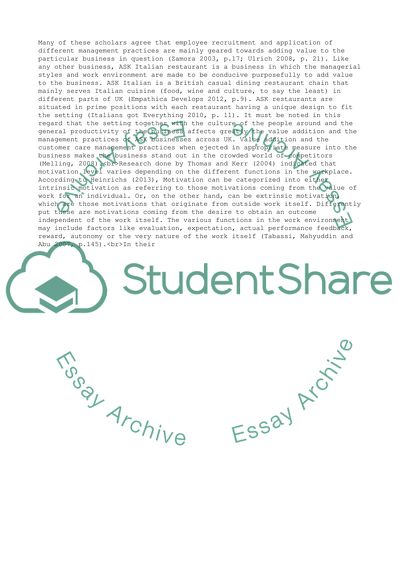Cite this document
(“Does Culture, Motivation & Productivity affect value addition. The Literature review”, n.d.)
Retrieved from https://studentshare.org/management/1677093-does-culture-motivation-productivity-affect-value-addition-the-case-study-upon-ask-italian-restaurant-uk
Retrieved from https://studentshare.org/management/1677093-does-culture-motivation-productivity-affect-value-addition-the-case-study-upon-ask-italian-restaurant-uk
(Does Culture, Motivation & Productivity Affect Value Addition. The Literature Review)
https://studentshare.org/management/1677093-does-culture-motivation-productivity-affect-value-addition-the-case-study-upon-ask-italian-restaurant-uk.
https://studentshare.org/management/1677093-does-culture-motivation-productivity-affect-value-addition-the-case-study-upon-ask-italian-restaurant-uk.
“Does Culture, Motivation & Productivity Affect Value Addition. The Literature Review”, n.d. https://studentshare.org/management/1677093-does-culture-motivation-productivity-affect-value-addition-the-case-study-upon-ask-italian-restaurant-uk.


